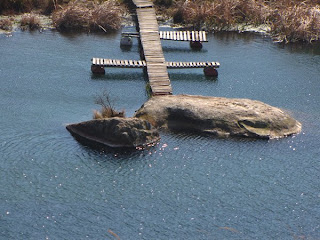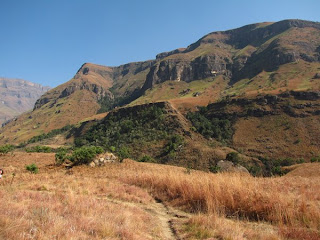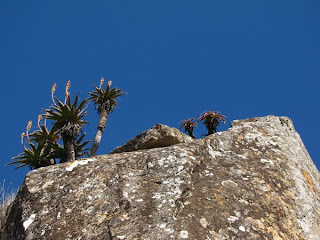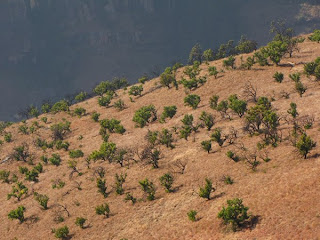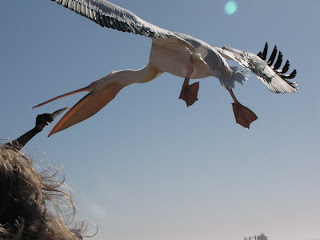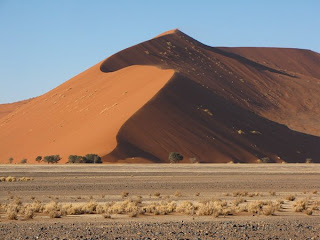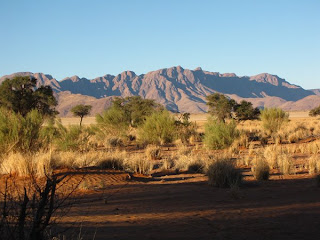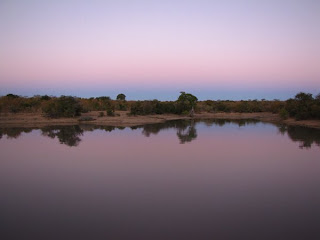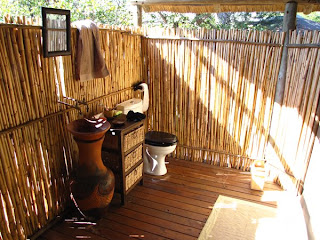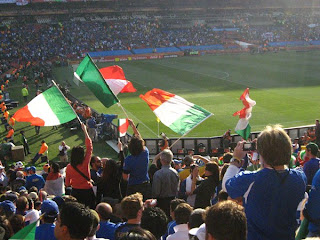

I've been in South Africa for nearly two years now - which means I'm seeing my third spring, with the jacaranda trees once more in exuberant blossom, astonishing me every time I see them, like chemical clouds blown in from some alien planet and temporarily snagged in among the normal vegetation, invaders lining the streets, enlivening the parks. See my first reference here - two years ago.
And so enough of this blog, I think. I've started to repeat some experiences (and I might still get excited when I see a lion up close, but I realise it's a bit different via a blog, for the tenth time) - and I suppose the novelty of living here has worn off to some extent - although in many ways I still find it a very strange place, and a long way from home. But I'm no longer having those "wow" moments which I wanted to share, through this blog; this is undoubtedly a failure on my part, there's certainly a lot more of this massive country to explore and much more to learn - but my next holiday will be in Europe, because I miss it and need to go back, so I'm not going to have much that's new to report for the foreseeable future. In some ways I suppose the places I've already seen in SA and the photos I've taken have captured some of the surface essence of the country. There's a LOT more to say about South Africa, of course - it's an incredibly complex country and you probably need to have lived through its recent history to have any real insight into what people have experienced, and suffered, and you probably need to be a historian or a sociologist to address the big themes - so anything beyond superficiality is well outside my knowledge and ability - and this format.
So enough. I don't like blogs that just stop without explanation, or stutter into silence with a few final random posts - and this one was heading that way - so let this be a full stop. Thanks for visiting, and thanks especially to the few who came regularly to check on me.
"Go well", as they say in South Africa.
Above: jacaranda trees I can see from my balcony.

